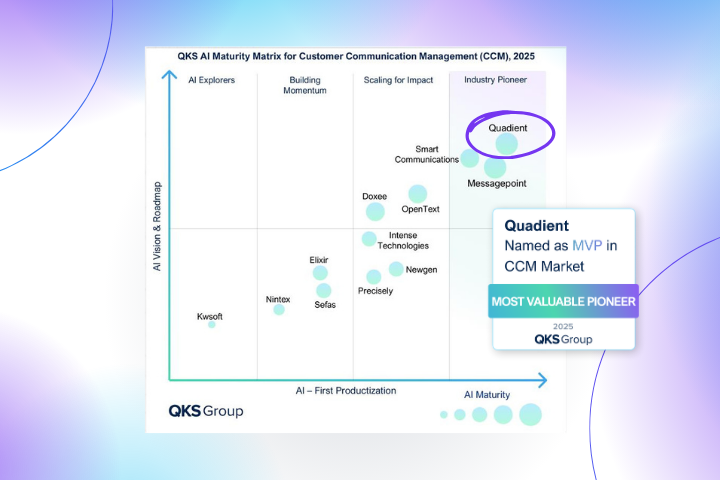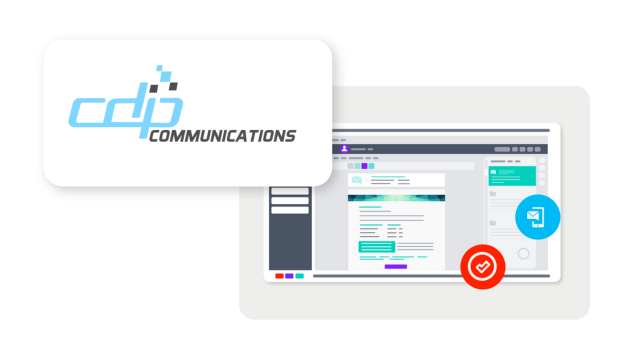
Many small to medium businesses still rely on only paper-based communications. No doubt paper is a viable channel preferred by both businesses and customers, but a paper-centric communication strategy does have its downsides. Did you know, by limiting outbound customer documents to a single channel you could be putting your business at a disadvantage? So, while there is value in print communications, there are added financial and opportunity costs you may be overlooking
Manual document processes eat up time and money
Several studies including those by Gartner and IDC quantified how time-consuming and inefficient manual paper processes can be. IDC says that employees spend between 5 and 6 hours per week, just searching for documents. That’s 15% of an employee's workweek wasted on locating paper-based documents. Fifteen percent that could be allocated to more productive and higher-value tasks.
In terms of dollars, employees spend somewhere around 150 hours a year searching for files in cabinets. At $30/hour, that’s an expense of $4500 per employee lost per year doing nothing more than searching. Think about how much time and money is being wasted in your organization. Or conversely how it could be better spent.
Paper-based processes are not portable
Paper processes require your organization to stock lots of paper, envelopes, supplies, and other inventory including large, cumbersome, and expensive equipment. During the pandemic lockdowns, some businesses had no choice but to have their employees bring various supplies home including postage meters to complete their work and keep business-critical documents flowing. As the current world situation continues to evolve and the world shifts to a more hybrid workforce model, you never know what could be around the corner.
What if your key employees had to work from home? Digital delivery is an advantage versus sending someone into the office to do a print run. A laptop loaded with intuitive automation software with access to digital delivery channels, can be easily transported anywhere, to keep employees equally as productive wherever they are.
Paper processes can get messy and are harder to track
With paper-based processes, historical documents are not at your fingertips. A Gartner study revealed that it takes an average of 18 minutes for one employee to find a paper file—or up to 120 minutes if the paper is misfiled.
Also with digital delivery, such as a secure document portal, your customers can self-serve and find answers to common questions, therefore alleviating the volume of customer service calls.
Put paper in its place with intelligent document automation
This doesn’t mean you should abandon all your legacy processes. By automating document preparation and production, you can still reap the benefits and value of paper while providing your organization with a solution that offers better tracking, visibility, and document integrity.
Digitized processes eliminate a lot of the hassles of paper making your organization more operationally efficient. Businesses that automate document processes improve employee productivity north of 50% and reduce countless hours of labor.
Adding digital delivery channels also enhances customer satisfaction by allowing them to choose their preferred delivery methods, while speeding up your document life cycle.
What documents could you be automating?
Quadient Impress makes it easy to streamline and optimize your document workflow. Our new eBook: Top 10 Documents Every SMB Should Automate Now outlines a range of frequently sent customer communications that you are probably sending out right now. Learn about alternative delivery channels that will save you money and time, while enhancing customer experience. Once you realize how easily you can modernize and transform how you communicate with your customers, you’ll wonder why you aren’t automating all of your outbound customer communications.







